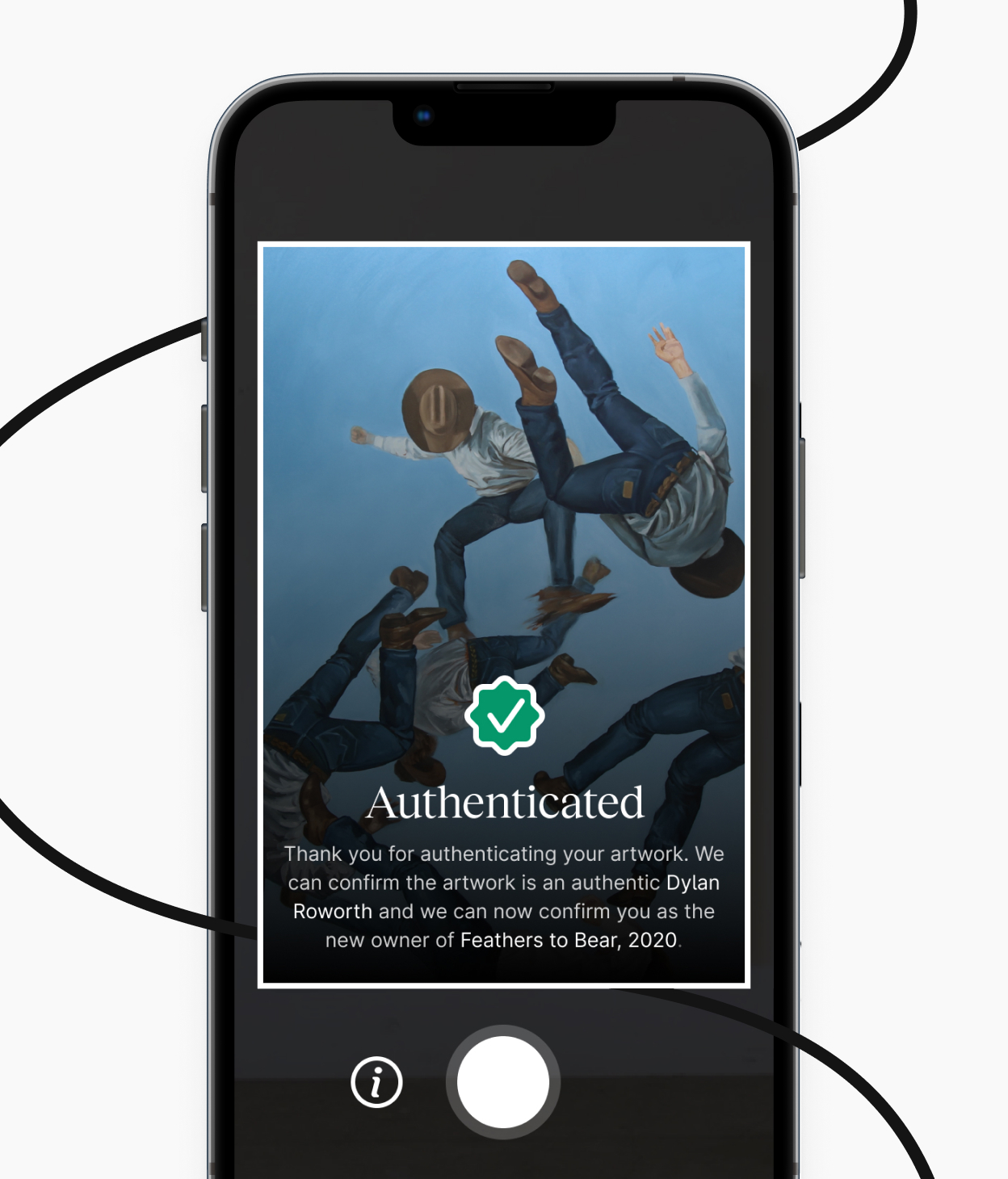Why don’t contemporary artists sign their paintings?
Tatum Dooley on March 3, 2023
Advances in authenticating art means artists no longer have to sign the front of their paintings.
Picasso, Monet, Albrecht Dürer, Frida Kahlo, Van Gogh. While these artists’ paintings are recognizable at a glance, their signatures, typically buried away in a bottom corner, confirm the authorship of the artwork. So why don’t most contemporary artists sign the front of their artwork?
Modernist artists, like Mark Rothko, Elsworth Kelly, and other notable painters, didn’t sign their paintings. A signature interrupted their stark compositions and distracted from the power of their work. The postmodernism movement—which eschewed the notion of artistic genius and challenged the status-quo—moved further away from the practice of loudly drawing attention to the artist of an artwork via signatures.

Many contemporary artists continue to not sign the front of their paintings. Due to the art world’s strong connection to art history, many new collectors find this choice to be confusing, thinking that it lowers the value of the artwork—a myth that couldn’t be further from the truth. Artwork that is not signed on the front is an intentional move by an artist. It demonstrates that the work can stand alone: that the artist has a distinct style that can be attributed to the artist, sans signature. That being said, it is common practice to sign and date the back of an artwork.
While signatures are a useful and helpful tool in dating, authenticating, and identifying historical paintings, technology has allowed us to authenticate artwork without the need of artist signatures. While art experts can authenticate artworks through complex and lengthy processes, such as testing paint samples and intricately matching styles to time periods, Peggy’s digital fingerprint is able to accurately and immediately authenticate artwork using cutting-edge AI technology.

Authentication made easy on Peggy:
Galleries and artists use Peggy’s patent-pending digital fingerprint technology to authenticate the artwork prior to the sale. The collector is then able to validate the artwork’s authenticity using the same AI technology. The digital fingerprint allows collectors to buy art on Peggy’s secondary market—directly from other collectors— with the confidence that the work is authentic, and with the confidence that they’ll be able to sell it to future collectors. No artist signature needed.
